Landslide
00:00 -Landslide
00:05 - 1 - The causes:
A landslide is the movement of rock, earth, or debris down a sloped section of land. Landslides are caused by rain, earthquakes, volcanoes, or other factors that make the slope unstable. Geologists, scientists who study the physical formations of the Earth, sometimes describe landslides as one type of mass wasting. A mass wasting is any downward movement in which the Earth's surface is worn away. Other types of mass wasting include rockfalls and the flow of shore deposits called alluvium. Near populated areas, landslides present major hazards to people and property. Landslides cause an estimated 25 to 50 deaths and $3.5 billion in damage each year in the United States.
00:53 - 2 - What causes landslides:
Landslides have three major causes: geology, morphology, and human activity. Geology refers to characteristics of the material itself. The earth or rock might be weak or fractured, or different layers may have different strengths and stiffness. Morphology refers to the structure of the land. For example, slopes that lose their vegetation to fire or drought are more vulnerable to landslides. Vegetation holds soil in place, and without the root systems of trees, bushes, and other plants, the land is more likely to slide away. A classic morphological cause of landslides is erosion, or weakening of earth due to water. In April 1983, the town of Thistle, Utah, experienced a devastating landslide brought on by heavy rains and rapidly melting snow. A mass of earth eventually totaling 305 meters wide, 61 meters thick, and 1.6 kilometers long (1,000 feet wide, 200 feet thick, and one mile long) slid across the nearby Spanish Fork River, damming it and severing railroad and highway lines. The landslide was the costliest in U.S. history, causing over $400 million in damage and destroying Thistle, which remains an evacuated ghost town today. Human activity, such as agriculture and construction, can increase the risk of a landslide. Irrigation, deforestation, excavation, and water leakage are some of the common activities that can help destabilize, or weaken, a slope.
02:31 - 3 -Types of landslides:
Types of Landslides There are many ways to describe a landslide. The nature of a landslide's movement and the type of material involved are two of the most common. Landslide MovementThere are several ways of describing how a landslide moves. These include falls, topples, translational slides, lateral spreads, and flows. In falls and topples, heavy blocks of material fall after separating from a very steep slope or cliff. Boulders tumbling down a slope would be a fall or topple. In translational slides, surface material is separated from the more stable underlying layer of a slope. An earthquake may shake the loosen top layer of soil from the harder earth beneath in this type of landslide. A lateral spread or flow is the movement of material sideways, or laterally. This happens when a powerful force, such as an earthquake, makes the ground move quickly, like a liquid. Landslide MaterialA landslide can involve rock, soil, vegetation, water, or some combination of all these. A landslide caused by a volcano can also contain hot volcanic ash and lava from the eruption. A landslide high in the mountains may have snow and snowmelt. Volcanic landslides, also called lahars, are among the most devastating type of landslides.
03:56 - 4 - The biggest slip:
The largest landslide in recorded history took place after the 1980 eruption of Mount St. Helens in the U.S. state of Washington. The resulting flow of ash, rock, soil, vegetation and water, with a volume of about 2.9 cubic kilometers (0.7 cubic miles), covered an area of 62 square kilometers (24 square miles). Other FactorsAnother factor that might be important for describing landslides is the speed of the movement. Some landslides move at many meters per second, while others creep along at an centimeter or two a year. The amount of water, ice, or air in the earth should also be considered. Some landslides include toxic gases from deep in the Earth expelled by volcanoes. Some landslides, called mudslides, contain a high amount of water and move very quickly. Complex landslides consist of a combination of different material or movement types.
Research: Vitor hugo Lizardi Leonardi
About my channel of curiosities, this channel is to see and hear curiosities of our world in general, if possible leave your like and subscribe to have new notifications about new subjects, thank you very much
Come meet me, and give your opinion about the channel, for me it's very important!
Music credit: Thunderstruck
Interpretation: 2CELLOS
Composer: Angus Young, Malcolm Young
Produced: 2CELLOS
Source: Portrait/Sony Masterworks
Good reading ,The 7 Habits of Highly Effective People
https://www.amazon.com.br/Habits-Highly-Effective-People-Powerful/dp/1982137274/ref=asc_df_1982137274/?tag=googleshopp00-20&linkCode=df0&hvadid=379726347250&hvpos=&hvnetw=g&hvrand=6784634493429849819&hvpone=&hvptwo=&hvqmt=&hvdev=c&hvdvcmdl=&hvlocint=&hvlocphy=20104&hvtargid=pla-908915591470&psc=1
Hello friends, If you liked it, don't forget to LIKE and SUBSCRIBE to the channel, strengthen our work, it's very important, to expand the channel. I'll tell you, thank you
#Landslide,#causes,#causes,#landslide,#rock movement,#earth,#Slide,#rain,#earthquakes,#volcanoes,#unstable,#Geologists,#scientists,#Earth physics ,#loss of mass,#Land is eroded,#flow of deposits,#alluvium,#populated areas,#vitorleonardi,#what causes land shadows,#main causes: geology,#human activity,#vegetation,#slopes that lose their vegetation,#root systems,#plants,#classical morphology,#erosion,#land mass,
-
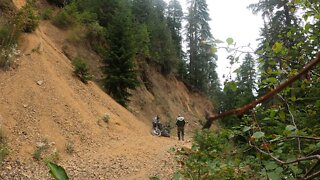 1:40
1:40
mlambie
1 year agoLandslide, getting out
6 -
 0:15
0:15
xoblake
1 year agoLandslide 2022
2 -
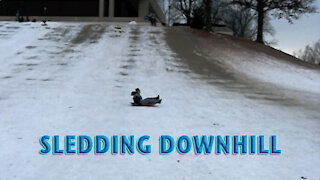 0:17
0:17
Argyle302
3 years ago $0.02 earnedSledding Downhill
898 -
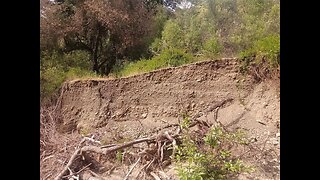 4:25
4:25
4Crawler
11 months agoStevens Creek Landslide Lake Deposit Layers
11 -
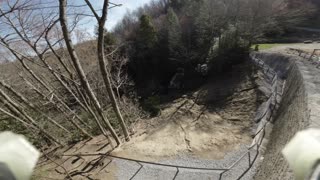 0:35
0:35
RayersNC
2 months agoLandslide repair
-
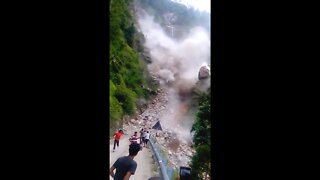 0:33
0:33
Licet Studios
2 years agoLandslide Makes Influencers Run For Their Lives
4 -
 0:40
0:40
quenbyFv
1 year agoBoardslide
-
 5:15
5:15
Wow Inflatables
1 year agoThe best place to put your waterslide
40 -
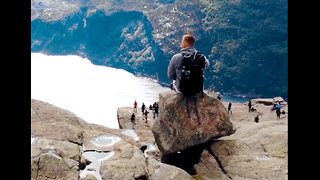 0:52
0:52
Davinadang0205
5 years ago*INCREDIBLE CLIFF* A perfect way to start the day
25 -
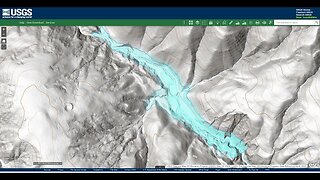 10:25
10:25
4Crawler
10 months ago $0.01 earnedStevens Creek Landslide Lake Level Visualization
3